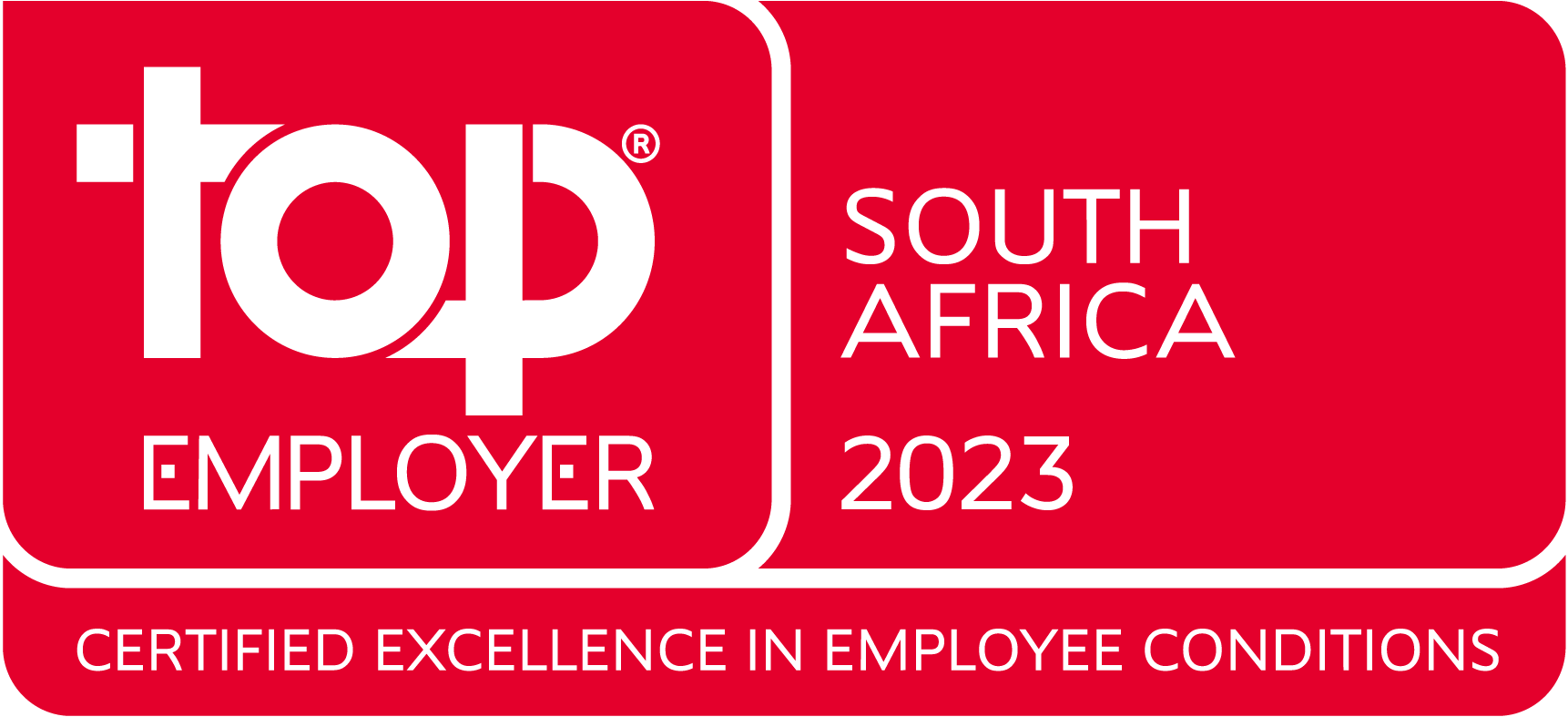Jan
29
2016
3
min read
read

Brief Payroll Administration Tips on a Monthly Basis
Data required to complete payroll and checklist to ensure accuracy:
- Signed off timesheets. Every Manager/Supervisor should sign off his/her employee’s timesheets and hand over to the Payroll Department for capturing. This is if there is no Time & Attendance system in place, where hours will be fed directly to the system. In this case, those hours need to be signed off by the Manager/Supervisor
- All additional data. Example: Overtime claims, travel claims, subsistence claims, Commission. Managers should sign off these claims made by the employees, and hand over to the Payroll Department.
- New employees documentation should be handed to the Payroll department for capturing. Employees being discharged documents should also be handed to the Payroll Department for termination.
Brief Checklist:
- Make a cut-off date every month. No data should be accepted after this cut-off date
- All reports and claims should be signed by the relevant Managers in order for them to be processed.
- A dummy run should be performed and the Payroll registers sent to the relevant Managers. All queries received from Managers should be dealt with and corrected if need be.
- Final Payroll reports and registers should then go to the Financial Manager or person responsible, for final sign off. Any queries should be corrected if need be
- The EFT should be uploaded and the print out should be signed off by the Financial Manager or responsible person.
- If the EFT upload is correct, it should be released or processed and the final amounts paid off should also be signed off by the Financial Manager or responsible person. This will be the Final Sign Off.
The Implications of Inaccuracy:
Examples of Inaccuracies:
- Inaccurate data provided. With manual timesheets, inaccurate data is a given. Some Managers feel it is too time consuming to keep track of employees working hours, and put through 8 hours a day for all employees working under them. Such inaccuracies should be reported to the Operations Manager, as these Managers will fall under him. All documentation should be provided accordingly. Example, take through a manual timesheet that was filled in by the Manager, and a costing report for that department on how much they actually made for that month. This will tell you that if 10 employees were working 8 hours a day for 21.67 days, their turnover should be for example R100000, but instead, its only R40000. This will give the Operations Manager an understanding of how inaccurate the data provided is.
- Finger Errors. It is human nature to make a finger error, but this is an inaccuracy. 4000 could be typed instead of 400, and this makes a major difference on the Payroll. If a data capturer makes a finger error, it should be reported to the Payroll Manager immediately, once found. The Payroll Manager must report this to the Financial Manager who will then be aware that the reports are incorrect, or the payroll will take a little longer to process than usual.
Balancing of Figures:
- Payroll Registers. This must be printed once the final payroll is run, and balanced back to Payments reports such as the net pay reports and EFT reports. This must be done every month to ensure correct amounts are paid out to employees.
- EMP201. This must be balanced to the Payroll Register summary, which shows total figures, once the final payroll is run. These reports must be balanced in order for the correct amounts to be paid over to SARS & UIF.
- Exception Report. This report must be checked as soon as the Payroll is run. This will show details of any errors that occurred when running the payroll. Example: An employee receiving no pay because his deductions are more than his earnings, negative net pay.
- Audit Reports. These must be checked before the EFT is processed. These reports will show which employees banking details were changed, by which User. New engagements, terminations will also be shown on these reports. This will help keep track of any “unusual” activities being done on the Payroll.
- Payslips. Must be printed once the EFT has been processed as they will be final. A copy must be printed, filed and stored in a safe in the Payroll Department for future reference. This is if an employee has a query 5 years from. It is sometimes easier to have the hard copy then go back to historical databases.
- Tax and UIF Returns. These must be printed before the EFT is processed. These reports must be balanced back to the EMP201 in order for the correct amounts to be paid over to SARS & UIF.
Ethical and Fraudulent Issues:
- Creation of ghost employees
- Bank accounts being changed for monies to go into a different account other than that specified by the employee
- Finger errors. Incorrect capturing by the Payroll Department employees
- Purposely capturing extra hours, overtime etc. for friends within the company
- Not checking assigned payrolls can cause a major impact on the company


